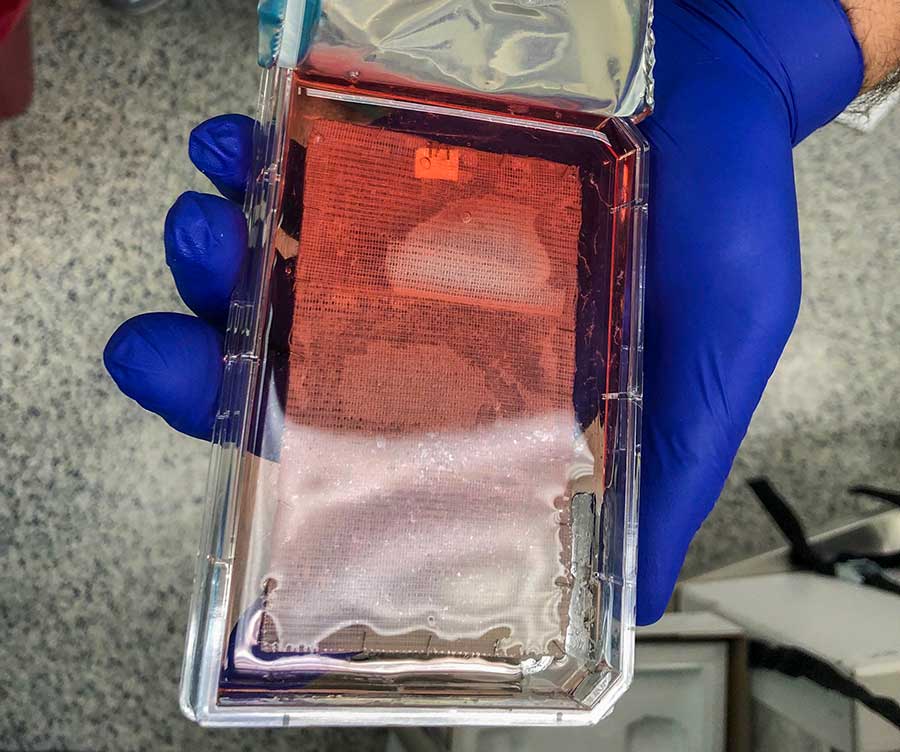Idaho man receives revolutionary skin graft treatment
Published at | Updated at
IDAHO FALLS — A local burn victim is the first in the state to receive a revolutionary new skin graft treatment.
After suffering third-degree burns over 54 percent of his body, an Idaho man was rushed to the Eastern Idaho Regional Medical Center’s Burn Center. To save his life and help him heal, doctors took a piece of unburned skin, about the size of a postage stamp, and grew it into enough skin to cover the man’s severe burns.
“This is the first (procedure) where we’ve actually taken the skin that they actually grew in a petri dish and placed it on a patient,” EIRMC burn and trauma surgeon Dr. Tait Olaveson told EastIdahoNews.com.
The procedure EIRMC burn center doctors used is called Epicel. A small piece of the patient’s skin is sent to a laboratory, where it is grown up to 10,000 times the size of the original piece of skin. That new skin is then grafted onto the patient’s body.
“It takes stem cells from the skin itself,” Olaveson explained. “Once that skin is established, and those stem cells have established, the company ships (the new skin) out to us, and we’re able to place them on (the patient’s) burned areas.”
The skin is grown in 6-cm-by-2-cm patches, and in 17 days, and up to 96 patches can be grown, according to Epicel.com.
The treatment is used for burn victims that have severe burns over 30 percent or more of their bodies. It is available in other large burn centers around the United States, but only recently became available in Idaho through EIRMC’s Burn Center when it opened last April.
RELATED | EIRMC opens new burn center
“The only burn centers near this area are in Harbor View in Washington, there’s Denver and then Salt Lake. To be able to offer some of these things for these folks — and these technologies that are in these large centers — it’s great for them,” Olaveson said.
Olaveson said patients like the recent one at EIRMC, with burns over 50 percent of their body, only have a 30 percent chance of survival without advanced treatments. With treatments like Epicel, that chance of survival jumps up to 90 percent.
As for EIRMC’s burn patient, Olaveson said he had a 99 percent success rate with the grafts.
“He is completely covered and has skin that is covering all of his burned surface areas,” Olaveson said.
While his burns are successfully healing, Olaveson explained that he still has a long road of recovery ahead of him.
“These folks, when they have a burn this size, this will be a lifelong process that they’re going through,” he said.



